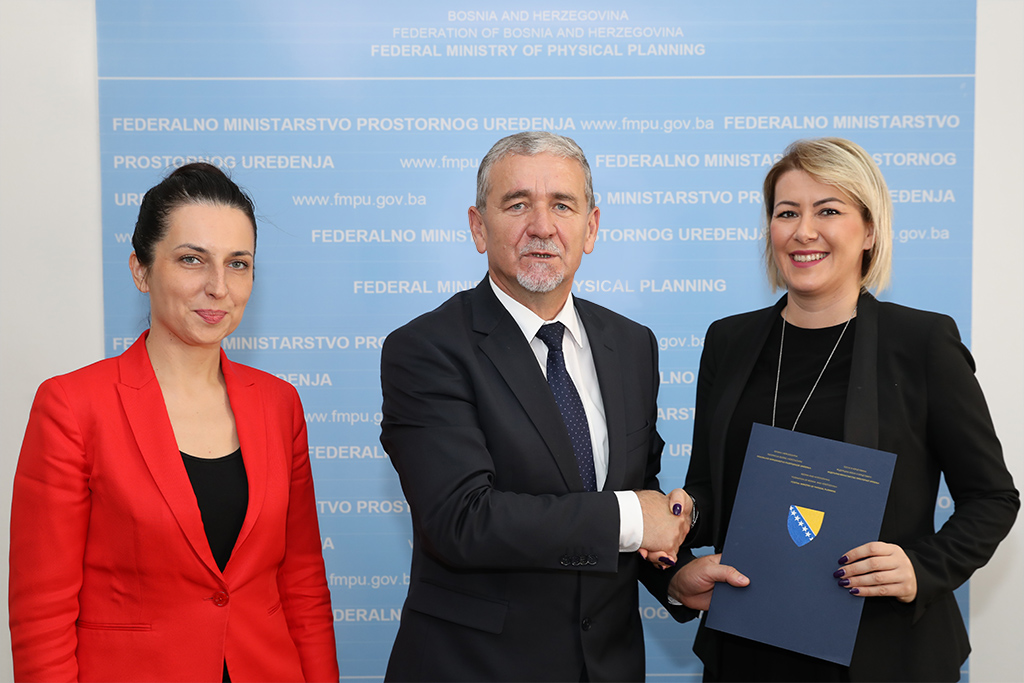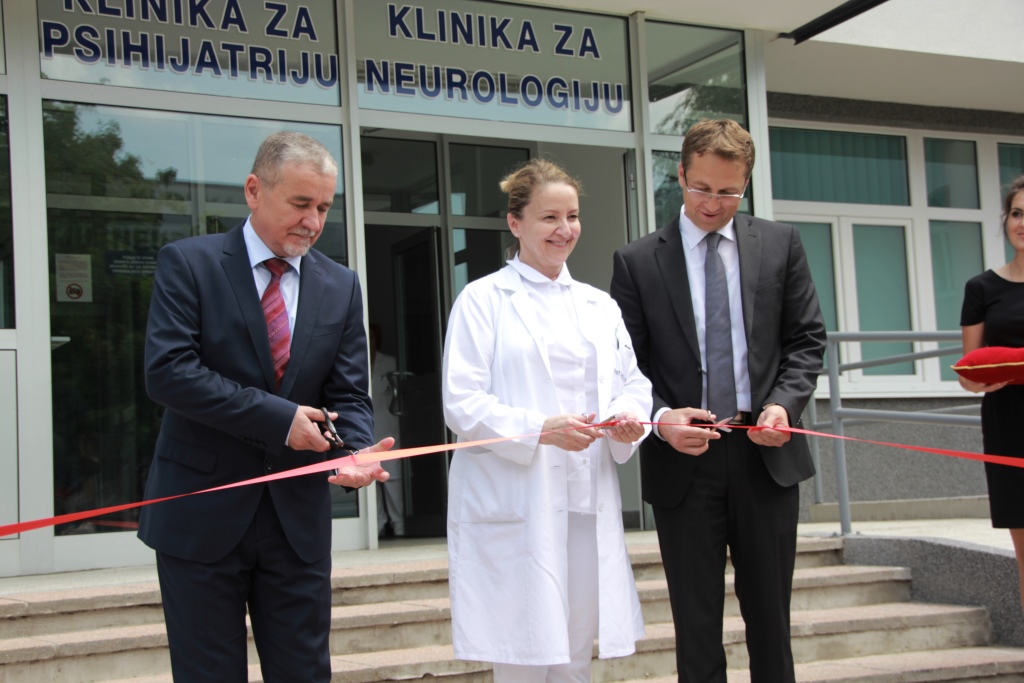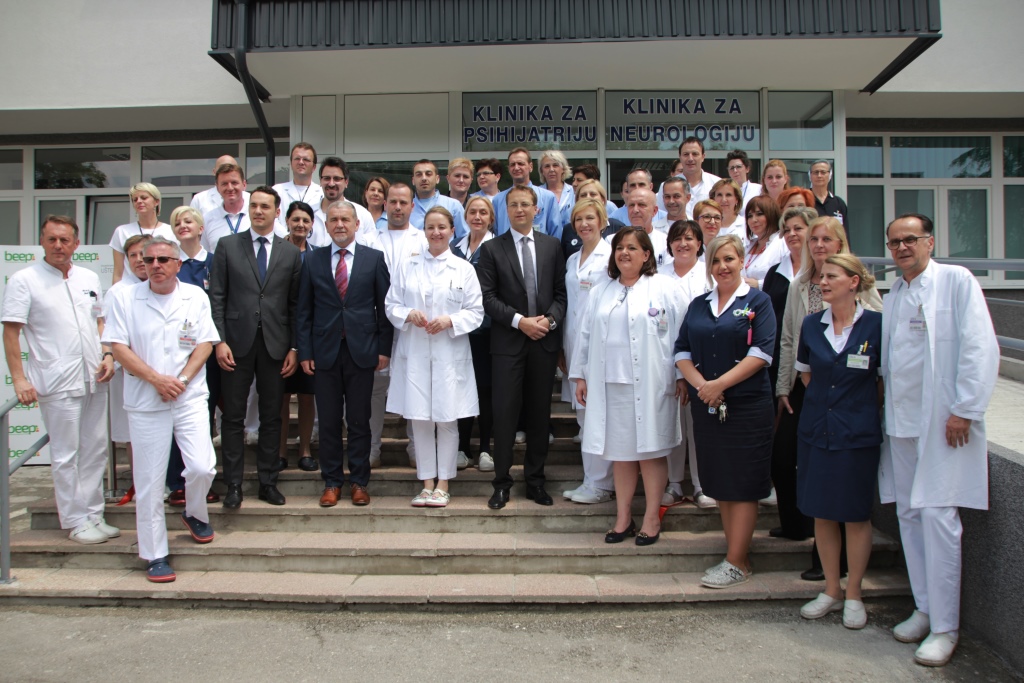
According to the World Bank, it is estimated that about 50 percent of Bosnia and Herzegovina’s final energy consumption is depleted by the construction sector. The reasons for such high energy consumption are, among other things, the large quantity of buildings that were built before 1987 that now have poor insulation, outdated heating and lighting systems, and inadequate maintenance. In addition to energy consumption, all of these factors influence the quality of living in these buildings but also leads to negative effects on biodiversity and the environment.
In this regard, energy renovations represent the greatest potential for energy savings, but also the opportunity for fundamental modernization of public buildings. Bosnia and Herzegovina recognized the importance of this issue, as their currently poor state of public facilities offer great potential for progress.
As part of the “Bosnia Energy Efficiency Project”, 37 public facilities have been renovated
The Ministry of Physical Planning of the Federation of BiH, recognizes both the global and local importance of energy efficiency, and is intensively and systematically working to mitigate this problem in our environment by implementing the “Bosnia Energy Efficiency Project”, funds for which were secured though the World Bank credit line.
Within the project, 37 facilities from the public sector, including health institutions, schools, police academies, prisons and ministries have been renovated in the past two years and in total, almost 18 million KM was invested in reconstructions.
Energy renovations in these facilities result in significant social benefits, including greater comfort such as warmer rooms, better lighting and cleaner air, which contributes to reducing health problems and improved conditions for all users. The savings will be higher and the rooms will be warmer, which will contribute to the efficient reinvestment of invested funds, said Jasmina Mangafić, head of the Bosnia Energy Efficiency Project for the Federation of BiH, adding:
“Considering the scope of the project, it is estimated that due to increased energy efficiency around 400 thousand users will benefit from better facilities in the public sector in the Federation of BiH. Implementation of measures on pre-existing infrastructure can significantly improve its energy efficiency. Thermal insulation, replacement of worn windows on buildings, improvement of thermal properties as well as improved heating and cooling efficiency contributes to energy savings, as well as environmental protection and CO2 reductions. It also increases the quality of work environments, as you are creating an atmosphere in which users are satisfied, healthy and do not use sick leave as often.”
























